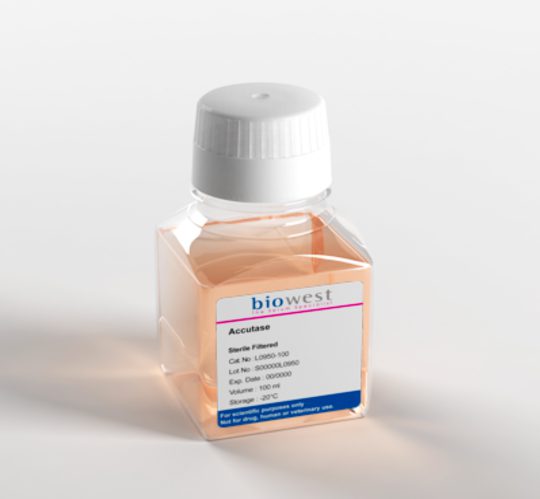- Your cart is empty
- Continue Shopping
A Circular RNA Map for Human Induced Pluripotent Stem Cells of Foetal Origin
- Home
- Publication
- A Circular RNA Map for Human Induced Pluripotent Stem Cells of Foetal Origin

A Circular RNA Map for Human Induced Pluripotent Stem Cells of Foetal Origin
- elsbizadmin404
- Publication
- Reading Time: < 1 minute
[vc_row][vc_column][vc_column_text]
Abstract
[/vc_column_text][vc_column_text]
Adult skin fibroblasts represent the most common starting cell type used to generate human induced pluripotent stem cells (F-hiPSC) for clinical studies. Yet, a foetal source would offer unique advantages, primarily the absence of accumulated somatic mutations. Herein, we generated hiPSC from cord blood multipotent mesenchymal stromal cells (MSC-hiPSC) and compared them with F-hiPSC. Assessment of the full activation of the pluripotency gene regulatory network (PGRN) focused on circular RNA (circRNA), recently proposed to participate in the control of pluripotency.Reprogramming was achieved by a footprint-free strategy. Self-renewal and pluripotency of cord blood MSC-hiPSC were investigated in vitro and in vivo, compared to parental MSC, to embryonic stem cells and to F-hiPSC. High-throughput array-based approaches and bioinformatics analyses were applied to address the PGRN.Cord blood MSC-hiPSC successfully acquired a complete pluripotent identity. Functional comparison with F-hiPSC showed no differences in terms of i) generation of mesenchymal-like derivatives, ii) their subsequent adipogenic, osteogenic and chondrogenic commitment, and iii) their hematopoietic support ability. At the transcriptional level, specific subsets of mRNA, miRNA and circRNA (n = 4,429) were evidenced, casting a further layer of complexity on the PGRN regulatory crosstalk.A circRNA map of transcripts associated to naïve and primed pluripotency is provided for hiPSC of clinical-grade foetal origin, offering insights on still unreported regulatory circuits of the PGRN to consider for the optimization and development of efficient differentiation protocols for clinical translation.
[/vc_column_text][vc_column_text]
Learn more:
In this study, PSC were reduced to single cell suspension by 5 min incubation with accutase (L0950; Biowest, Nuaillé, France). Learn more about Biowest’s Accutase reagent.
DOI:
doi:10.1016/j.ebiom.2020.102848[/vc_column_text][/vc_column][/vc_row][vc_row][vc_column][vc_column_text css=”.vc_custom_1598017023330{margin-bottom: 0px !important;}”]
RELATED PRODUCTS
[/vc_column_text][claue_addons_products orderby=”menu_order” limit=”4″ columns=”2″ issc=”1″ id=”806″][/vc_column][/vc_row][vc_row full_height=”yes” css=”.vc_custom_1602486660770{margin-top: 50px !important;}”][vc_column][vc_btn title=”Back to Publications” style=”flat” color=”inverse” i_icon_fontawesome=”far fa-caret-square-left” add_icon=”true” link=”url:https%3A%2F%2Fwww.atlantisbioscience.com.sg%2Fpublications%2F|title:Publications||”][/vc_column][/vc_row]
CONTACT

QUESTIONS IN YOUR MIND?
Connect With Our Technical Specialist.

KNOW WHAT YOU WANT?
Request For A Quotaiton
OTHER BLOGS YOU MIGHT LIKE
HOW CAN WE HELP YOU? Our specialists are to help you find the best product for your application. We will be happy to help you find the right product for the job.

TALK TO A SPECIALIST
Contact our Customer Care, Sales & Scientific Assistance

EMAIL US
Consult and asked questions about our products & services

DOCUMENTATION
Documentation of Technical & Safety Data Sheet, Guides and more..
